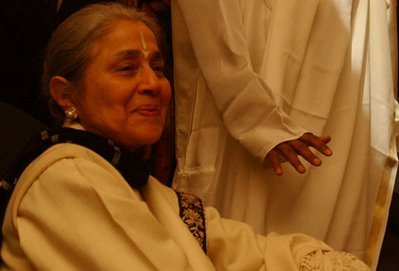
Common sense would tell you that the race has been won and lost, and you could go back to your knitting or needlepoint or whatever. But you don’t. You stay riveted.
Because of the commentators.
They remind you that anything could happen in a F1 race. That, perhaps, there’s a suspect sound emanating from Schumi’s engine. And would his tyres last the course? The left rear looks like it’s wearing out? Can Schumi last? Can he? Can he?
Of course he can. And he reaches the chequered flag almost a minute ahead of his competitor.
And you got suckered by the commentator, waiting for Schumi’s engine to blow, waiting for the tyre to destruct.
That, ladies and gentlemen, is the responsibility of the commentators and experts: to make the game more interesting.
We’re seeing it with the Ashes. Where every wicket Panesar gets converted into an increased likelihood of England winning the third test. And there are four days to go.
We’re seeing it with the India-South Africa series. Where, pre-first test, all the channels talk about how test cricket is very different from one day cricket, and Indian fans could erase the 4-0 one day whitewash from our collective minds.
Because, contrary to the pessimistic view each of us holds, we believe all the optimistic pronouncements of the commentators and the experts. That Sachin will come good, that our bowling is good enough, that test cricket is a whole new ball game. We believe.
Because belief gives us hope.
All you doomsday prophetic commentators, get out of there!



























